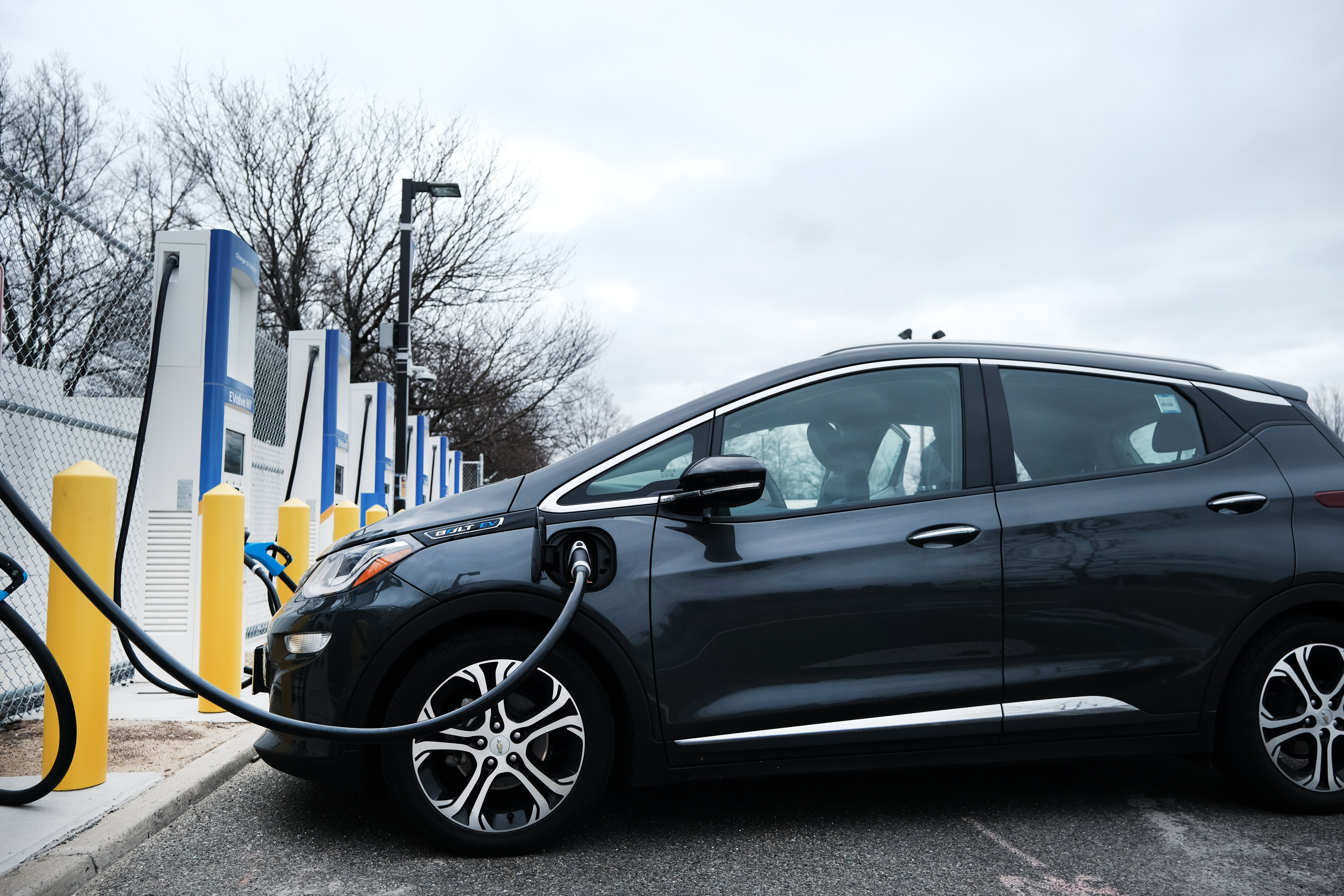Products You May Like
Financial bubbles will form as investors scramble to make deals in the sustainability space, according to Tim Adams, the president and CEO of the Institute of International Finance.
Speaking during a panel at CNBC’s Sustainable Future Forum on Thursday, Adams said it was inevitable that the current drive toward ESG (environmental, social and governance) would create assets that exceeded their fundamental value.
“There’s always bubbles, it’s a lesson of history. Anyone who thinks we won’t have it is naïve,” he said.
“In times of great technological or economic transformation there’s disruption, there’s bubbles, we see it in the crypto markets now. We saw in the internet throughout the 1990s that all popped in March of 2000. And the weak firms were washed out and new firms rose like a phoenix. Yes, there’s going to be bubbles — there’s too much money chasing too few deals.”
Having appropriate policies and a resilient financial system in place when the bubble pops, Adams added, would allow investment into promising firms in the space to continue.
“We are going to intermediate across the spectrum in terms of continuing to channel capital into these new technologies,” he said. “Some will prove not to be viable and some will prove to be wildly viable — firms we haven’t even heard of yet will be the next Amazon or Tesla.”
The global green technology and sustainability market, valued at $9.57 billion last year, is expected to be worth $41.6 billion by 2028, according to a July report from the market research firm Fortune Business Insights. Meanwhile, a report published in April by consultancy Roland Berger estimated that global revenues in environmental technology and resource efficiency are set to reach 9.4 trillion euros by 2030.
Fiona Frick, CEO of asset manager Unigestion, told the same panel that investors looking to capitalize on a green revolution should not be looking at the biggest names in the space today.
“It is not [about] investing in the 10 or 20 companies that are the leaders in renewable energy today, but enlarging the scope of your investment to companies which are perhaps not trading at a premium today because the market hasn’t yet realized that they are on a journey, and that will be seen perhaps in three to four years,” she said.
“The beauty of the climate revolution is [it will be a] disruption that will have an influence on every sector, but on every sector differently,” Frick added.
“So on automotive, it will be the emergence of electric cars, on energy it will be a change of how they produce energy, on [construction] it will be how they produce a new kind of cement. For each sector there is a way to do their business more sustainably, so there is a lot of possibility to play that theme. That shouldn’t be concentrated around 20 names.”
